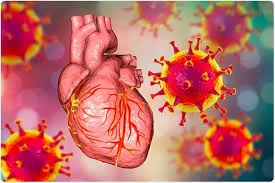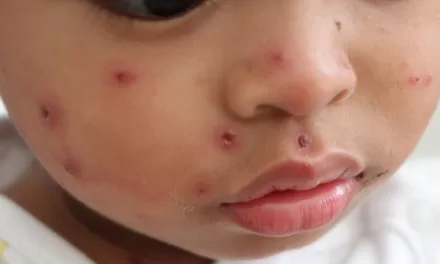
As we transition out of the acute phase of the COVID-19 pandemic, the perplexing shadow pandemic of long COVID continues. Diagnosis of long COVID in children can be particularly difficult, as other childhood illnesses and conditions with similar symptoms must be ruled out. There is a long way to go before the mechanisms of the virus are understood and broad-ranging treatments can be applied.
Over the course of the COVID-19 emergency, WHO/Europe has shared the experiences of a wide range of people, including children like Jay, whose lives have changed since contracting the virus. Here we review what we know about long COVID in children and adolescents, and why scientists are still struggling to fill the glaring gaps in our understanding of the condition.
The symptoms of long COVID in children
Professor Selina Kikkenborg Berg is a nurse and cardiac specialist who has conducted research into the post-COVID symptoms of a large cohort of young people in Denmark. Her studies map the most common symptoms of long COVID in children and adolescents as headache, fatigue, sleep disturbance, concentration difficulties and abdominal pain.
Reassuringly, Professor Berg says that long COVID occurs much less frequently in children than adults, and for most, the effects are mild and temporary. “Children say to their mom and dad, ‘When will I get well? When will I get better?’ I always say when I’m asked that most symptoms disappear after 6 months, because, mostly, they do.”
However, in her research, she found that around 15% of those presenting with symptoms at 3 months also had symptoms after 12 months. Although few will need hospitalization, for this small minority, poor health may mean missing out on school, sports and social time with their friends.
“It’s setting them back in their development. It’s a phase of their life when there’s so much going on and they have to learn so much and develop with their peers. So, for them, even 1 month can feel like a year,” she says.
Is it definitely long COVID?
One of the challenges of long COVID is the current lack of a definitive test that can help diagnose the condition. “We know that long COVID is real and that it also exists in children. It is very difficult to diagnose because there are so many symptoms and they cluster in very different ways,” says Professor Berg.
Moreover, while parents may notice changes in their child’s appetite, concentration and mood, young children cannot always explain how they feel. Low mood and anxiety can be a symptom of long COVID, but Professor Berg’s research found that the pandemic also impacted the mental health of children who had not caught COVID-19.
For doctors and researchers, another frustration is the current lack of routine testing. In addition, as children are often asymptomatic or have only mild symptoms when they first catch COVID-19, parents may not even realize their child has had the virus.
“We see that children are getting sent from one expert to the other because symptoms are being looked at one at a time. This is because it’s so hard to know that there was even a viral infection or COVID-19 going on prior to the symptoms emerging,” Professor Berg explains.
“The hardest thing for any parent is not being able to answer that one question their child asks them: ‘What is wrong with me?’ And, unfortunately, not having the answers makes parents feel quite desperate. ‘Is this a psychological thing? Are they being bullied? Is there something that I’m missing in their social life? Is this something physical? Could it be severe? Could I lose my child?’”
She adds, “For parents, this can have a huge impact on their own quality of life, not knowing what’s going on with their child. Some parents have to quit their jobs for a while or work from home to take care of their children, so it has a huge impact on the whole family.”
A unique opportunity to expand understanding
Professor Berg calls on health systems, politicians and policy-makers to recognize the impact of long COVID, increase access to health care for those who need it, and establish multidisciplinary health-care teams that include patient representatives in treatment strategies.
She also believes long COVID presents a unique opportunity for the health community to address the chronically understudied area of post-viral illness. “This is not something new. What’s new is the amount of people suffering long-lasting symptoms.”
We are all tired of COVID-19, but none more so than the adults and children still living with long COVID. As we move beyond the COVID-19 emergency, the shadow pandemic of long COVID cannot be ignored. The number of people affected continues to increase, yet we still have so few answers as to why the condition occurs or how it can best be treated.
Investment in more research and in the development of effective and widely available rehabilitation programmes is desperately needed to address this often-debilitating problem. WHO/Europe calls with renewed vigour for research, recognition and rehabilitation for adults and children living in the shadow of COVID-19.











